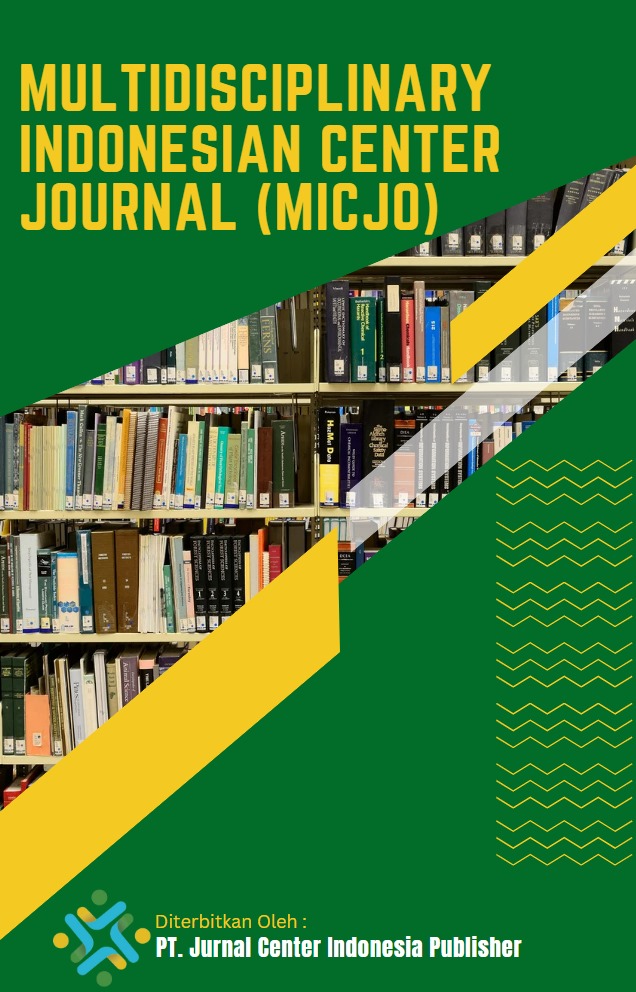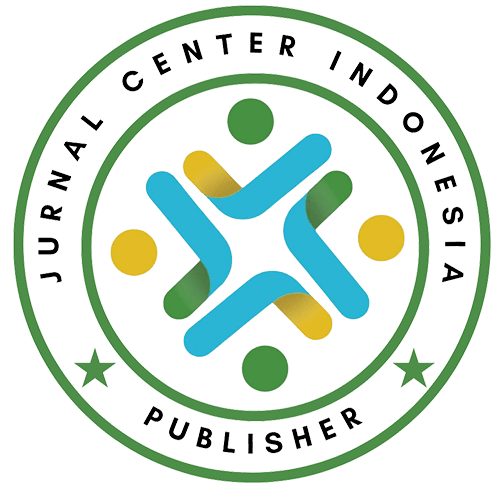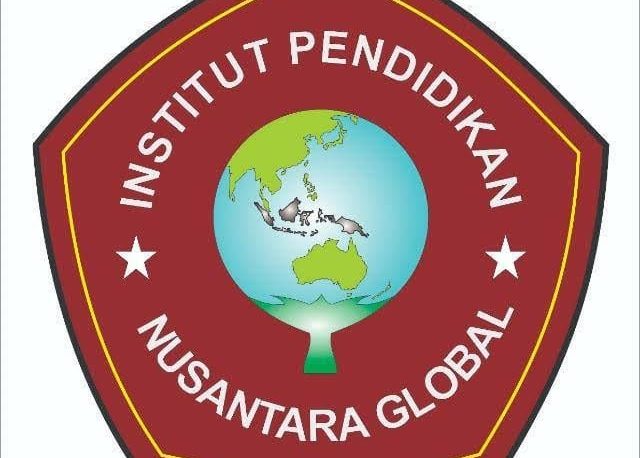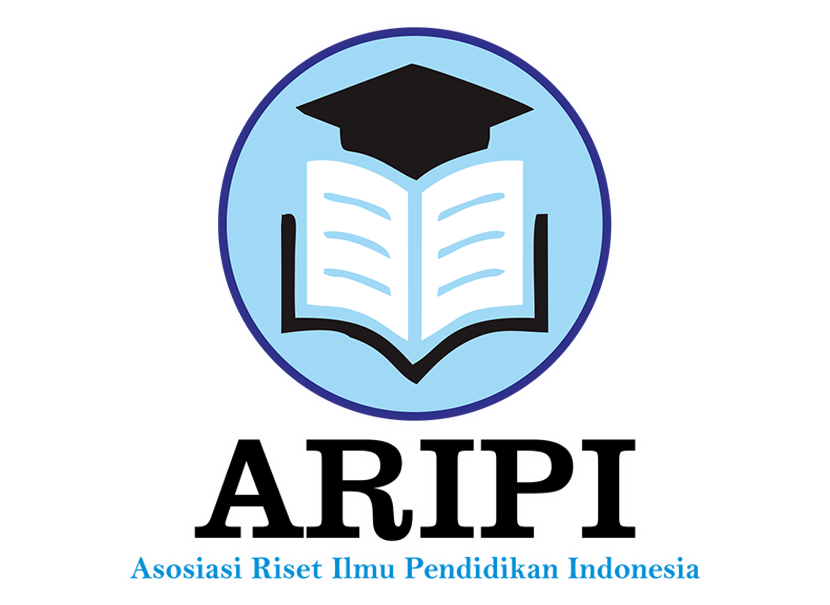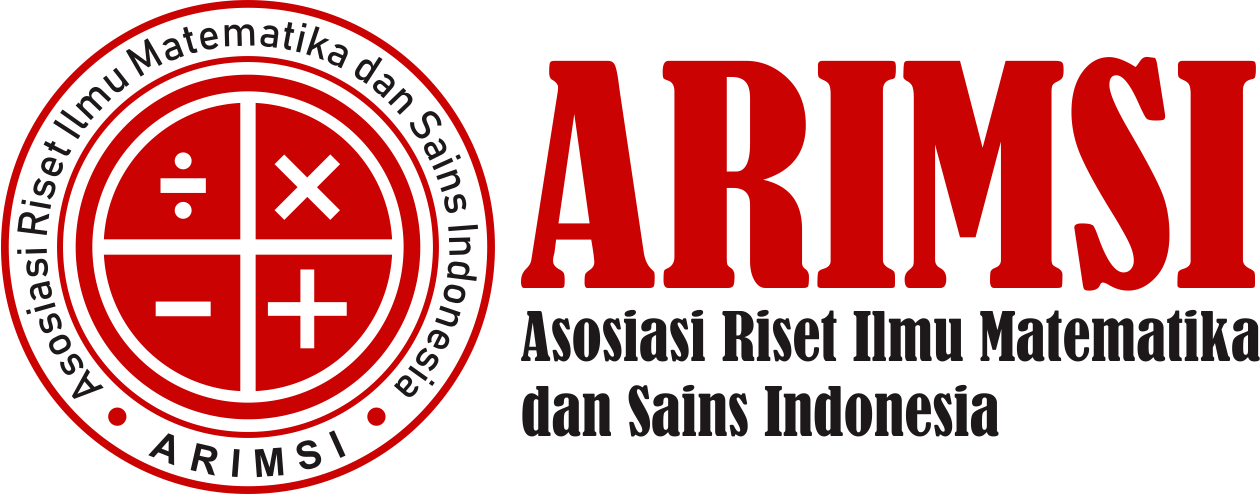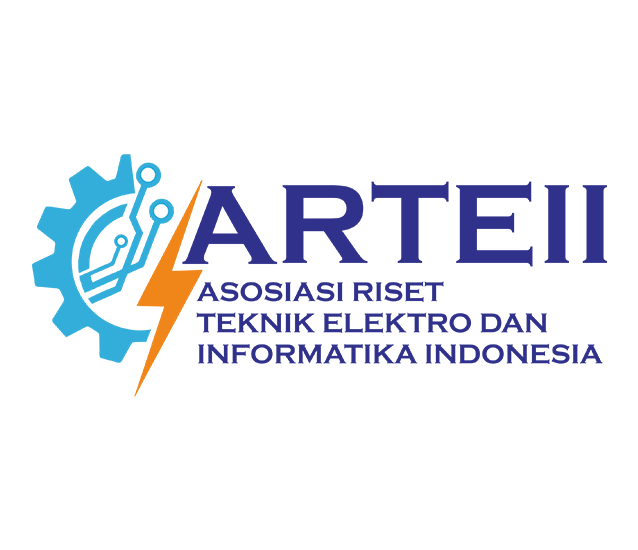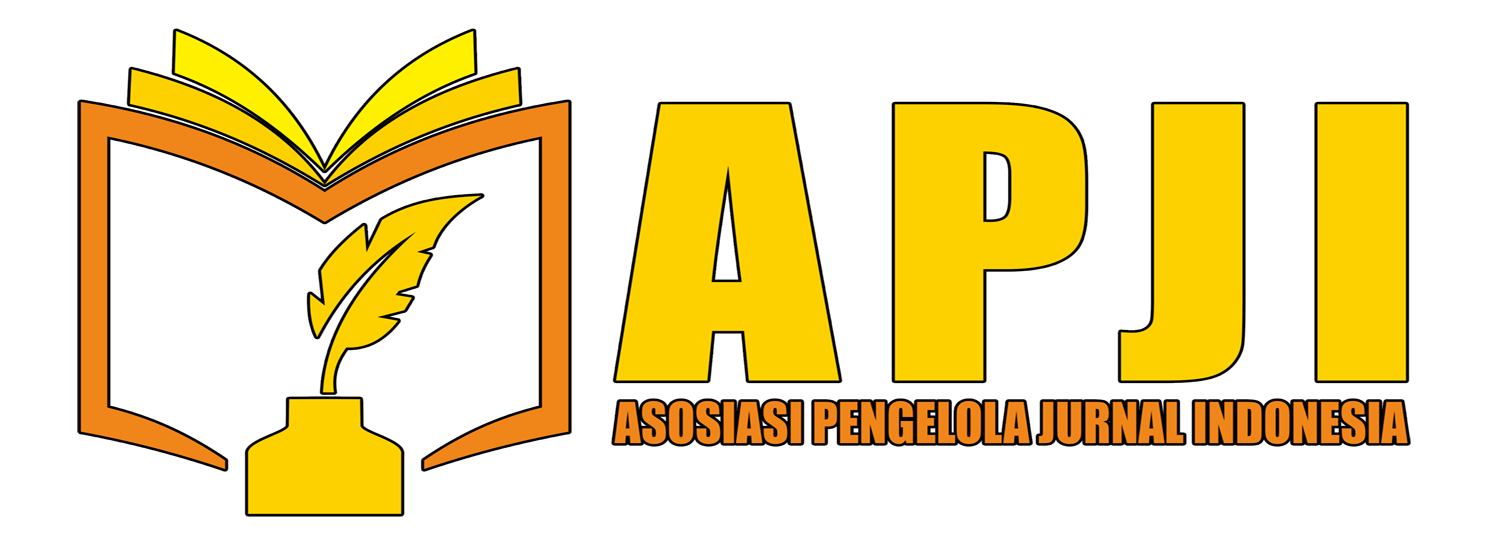EFFECT OF DELAY TIME IN URINE EXAMINATION ON ALCOHOL CONCENTRATION
DOI:
https://doi.org/10.62567/micjo.v2i4.1283Keywords:
Alcohol, Urine, Delay Time, Rapid Test, LaboratoryAbstract
Urine alcohol testing plays a vital role in detecting alcohol consumption for clinical and forensic purposes, yet its results may be influenced by pre-analytical factors such as the delay between sample collection and laboratory analysis. This study aimed to evaluate the effect of delay time before urine examination on alcohol concentration. An experimental One-Shot Case Study design was conducted involving 44 participants in Denpasar who had consumed alcohol. Alcohol concentration was measured immediately, after a 2-hour delay, and after a 4-hour delay using the Alcohol Urine Rapid Test Dipstick Allchek, and the data were analyzed using the Kruskal-Wallis test. The findings showed that average urine alcohol levels increased numerically after a 2- and 4-hour delay compared to immediate testing; however, this change was not statistically significant (p=0.131). These results confirm that delaying urine alcohol examination up to 4 hours does not significantly alter detectable alcohol concentrations, although prompt testing is still recommended to ensure result accuracy and minimize the risk of false positives. This study provides important insights for the development of standard operating procedures regarding urine alcohol analysis in laboratory practice.
Downloads
References
Anderson, D., Smith, J., & Taylor, R. (2019). Practical considerations in urine alcohol analysis. Journal of Clinical Laboratory Medicine, 24(2), 78–84.
Baselt, R. C. (2017). Disposition of toxic drugs and chemicals in man (11th ed.). Biomedical Publications.
Dewanti, N. L. P., Arya, I. W., & Suryani, I. G. A. (2019). Faktor-faktor praanalitik yang memengaruhi hasil pemeriksaan laboratorium urin. Jurnal Laboratorium Kesehatan, 12(1), 18–25.
Hanifah, A. (2019). Pengaruh fermentasi mikrobiologi terhadap hasil laboratorium urin. Jurnal Ilmu Laboratorium, 4(1), 25–29.
Hilando, L., & Widhiyastuti, N. (2023). Alcohol metabolism and the relevance of immediate urine specimen examination. International Journal of Forensic Toxicology, 8(3), 62–70.
Jafri, R., Nugraha, F., & Wiranata, W. (2020). Urinalysis as a diagnostic tool in modern medicine. Journal of Diagnostic Methods, 5(1), 12-23.
Kamil, I., Indah, S. P., & Trisnawati, W. (2017). Pengaruh waktu penundaan terhadap hasil pemeriksaan kimia urin. Jurnal Analis Kesehatan, 9(2), 24–32.
Khotimah, N., & Sun, D. R. (2022). Pre-analytical factors and their impact on urine laboratory testing accuracy. Clinical Laboratory Science, 17(4), 173–180.
Naid, T. J., & Tadjuddin, M. (2014). Stabilitas parameter urinalisis terhadap waktu penundaan pemeriksaan. Berkala Ilmu Laboratorium, 6(2), 80–87.
Peat, M. (2018). Alcohol detection and its forensic implications. Forensic Science Reviews, 30(2), 109-117.
Pinontoan, L., Lestari, D., et al. (2023). Effects of delay time and low-temperature storage on stick dip urine chemistry results. Jurnal Analis Kesehatan Klinikal Sains, 11(1), 96-104.
Syarif, A. (2019). Variasi penanganan spesimen urin di fasilitas kesehatan tingkat primer. Jurnal Ilmu Kesehatan Komunitas, 10(3), 31-38.
Suardika, I. M., et al. (2023). Uji kualitatif alkohol urine peminum tuak dalam mengetahui waktu sampling yang tepat. Meditory, 11(1), 32–36. https://ejournal.poltekkes-denpasar.ac.id/index.php/M/article/view/2421
Susilayanti, A. (2017). Waktu optimal pemeriksaan alkohol dalam urin. Jurnal Toksikologi Indonesia, 2(1), 46–51.
Tambun, D. I. (2019). The importance of rapid processing for accurate urine biochemical analysis. Indonesian Journal of Clinical Biochemistry, 7(3), 121–127.
Ulfah, R., & Syahrizal, S. (2023). Hubungan kadar GDP, kreatinin, dan ureum dengan kadar HbA1c pada penderita diabetes mellitus tipe 2. Jurnal Cahaya Mandalika, 3(2), 457–466.
Utomo, M. R. S., Wungouw, H., & Marunduh, S. (2015). Kadar HbA1c pada pasien diabetes mellitus tipe 2 di Puskesmas Bahu Kecamatan Malalayang. E-Biomedik (eBM), 3(April), 3–11.
Wardhana, A., Mahmuda, I. N. N., Sulistyani, S., Ermawati, S., Puspitasari, M., & Binuko, R. S. D. (2024). Hubungan HbA1c, mikroalbuminuria dan kolesterol dengan estimasi glomerular filtration rate (GFR) pada pasien diabetes mellitus tipe 2. Journal of Innovation Research and Knowledge, 4(2), 775–786.
Widyasari, N. (2017). Hubungan karakteristik responden dengan risiko diabetes mellitus dan dislipidemia di Kelurahan Tanah Kalikedinding. Jurnal Berkala Epidemiologi, 5(1), 130–141.
Wiener, K. (1999). Age does not influence levels of HbA1c in normal subjects. QJM: An International Journal of Medicine, 92, 169.
Woro, S. N., Purwaningsih, D., & Anindita, R. (2020). Mikroalbuminuria sebagai prediktor awal nefropati diabetik. Jurnal Ilmu Kesehatan Masyarakat, 11(1), 62–68.
Yosmar, R., Almasdy, D., & Rahma, F. (2018). Survei risiko penyakit diabetes mellitus terhadap kesehatan masyarakat Kota Padang. Jurnal Sains Farmasi dan Klinis, 5(Agustus), 134–141.
Yusnita, R., Fauziah, A., & Hakim, A. (2019). Ke$tidakakuratan HbA1c pada pasie$n ane$mia kronik. Jurnal Ke$se$hatan Andalas, 8(2), 115–121.
Downloads
Published
How to Cite
Issue
Section
License
Copyright (c) 2025 Aberina Dabi, Diah Prihatiningsih, Nyoman Sudarma

This work is licensed under a Creative Commons Attribution-ShareAlike 4.0 International License.

